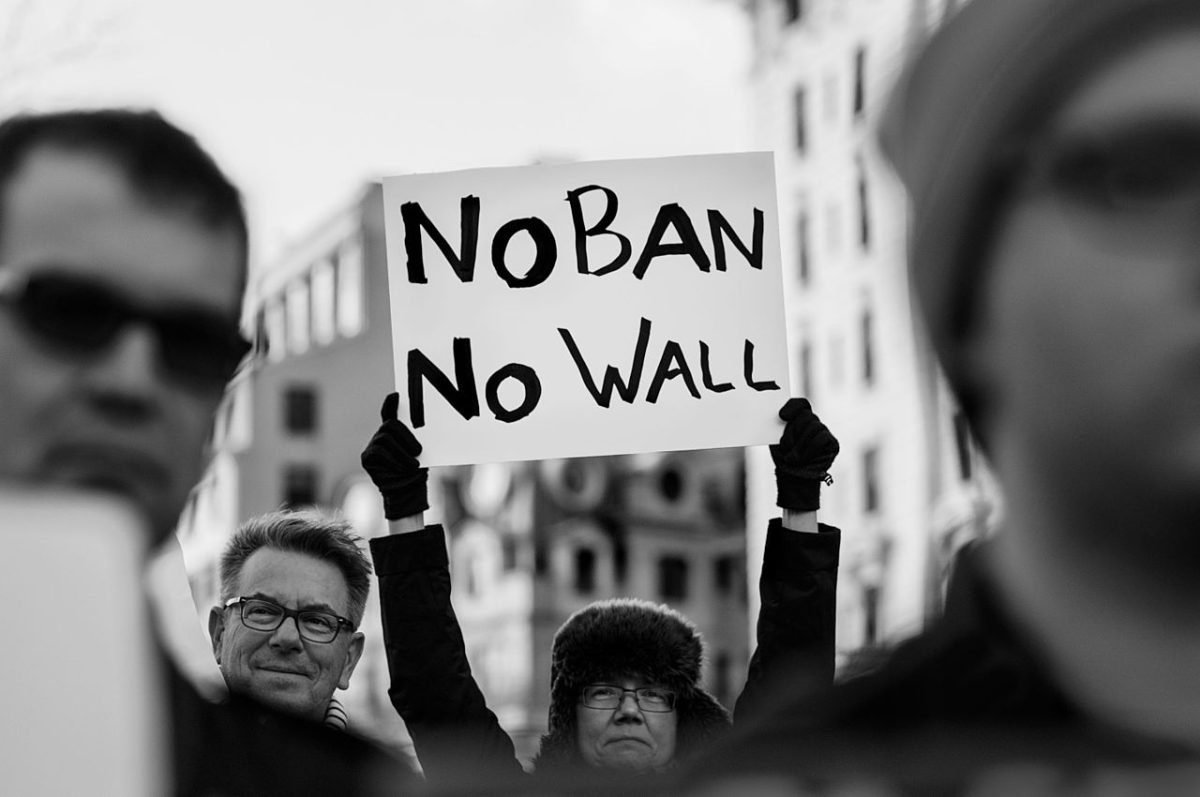The melting pot of America must continue to grow
My father’s father immigrated into the United States from the Philippines in 1927, making me the granddaughter of an immigrant. He earned his citizenship, served in the Army, earned a Purple Heart and worked in fields picking fruits and vegetables.
Growing up, I had the best of both worlds: chicken adobo at my dad’s house and spaghetti and meatballs at my mom’s. My mom only knew her grandmother was German, but she didn’t know when our family immigrated into the country, nor were we in touch with our roots. What we knew was that we were American.
I was a biracial child growing up in a divorced household, and at school that seemed normal to me I observed that my friends were biracial. Some of their parents were divorced and others were together, but a few were being raised by grandparents.
When I started my first semester at Cosumnes River College, I was surprised at how many different cultures and backgrounds people came from who also attended the school. Even in college, it was normal to walk into a classroom and expect to see people from different countries, but what surprised me the most was trying to interview people around campus and getting the response, “I don’t speak English very well.”
When Donald J. Trump became president, one of the first few executive orders he passed was “Protecting the nation from foreign terrorist entry into the United States.” However, Greg Myre, NPR International Editor, annotated Trump’s executive order.
“The executive order does not include any countries from which radicalized Muslims have actually killed Americans in the U.S. since Sept. 11, 2001,” said Myre.
Homeland Security later issued a fact sheet stating, “For the next 90 days, nearly all travelers, except U.S. citizens, traveling on passports from Iraq, Syria, Sudan, Iran, Somalia, Libya and Yemen will be temporarily suspended from entry to the United States.” According to the fact sheet, “the 90 day period will allow for proper review and establishment of standards to prevent terrorist or criminal infiltration by foreign nationals.”
Here’s the kicker, according to Myre’s article “Trump’s Immigration Freeze Omits Those Linked To Deadly Attacks In The U.S”: “no Muslim extremist from any of these places has carried out a fatal attack in the U.S. in more than two decades.”
America put laws in place and made enforcements on traveling to increase security and protect U.S. citizens. America is the “land of the free and home of the brave,” so what is the point of omitting Iraq, Syria, Sudan, Iran, Somalia, Libya and Yemen from entering U.S. soil when Saudi Arabia, Egypt, Lebanon, United Arab Emirates, Pakistan, Russia and Kyrgyzstan are countries of origin for radicalized Muslims who carried out deadly attacks in the U.S., beginning on Sept. 11, 2001, according to Myre’s article.
I walk into a classroom, the grocery store or my local coffee shop and see people of different ethnicities all around. I don’t fear that man because of the head turban he wears or that woman because she only speaks Chinese. I want to learn more about their culture. Why is Chinese supposedly the hardest language to learn, why must you wear a head turban or why can’t women in certain cultures show their faces?
Stereotyping these people for fear of terrorism is teaching children to be ignorant and prejudice. This country was built on immigration, dating back to Christopher Columbus and the Mayflower. Why would you teach your child to fear someone because of the country they come from or the color of their skin?

